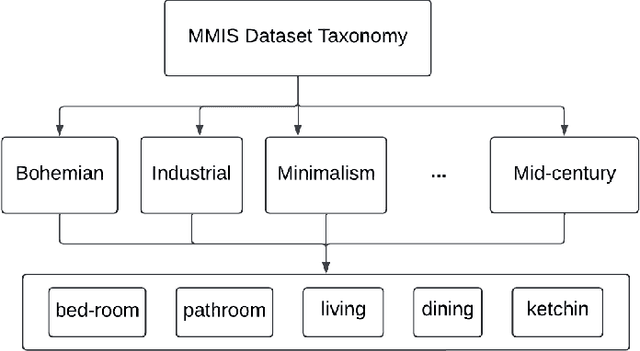Mohamed Bahaa
RIRO: Reshaping Inputs, Refining Outputs Unlocking the Potential of Large Language Models in Data-Scarce Contexts
Dec 15, 2024Abstract:Large language models (LLMs) have significantly advanced natural language processing, excelling in areas like text generation, summarization, and question-answering. Despite their capabilities, these models face challenges when fine-tuned on small, domain-specific datasets, often struggling to generalize and deliver accurate results with unfamiliar inputs. To tackle this issue, we introduce RIRO, a novel two-layer architecture designed to improve performance in data-scarce environments. The first layer leverages advanced prompt engineering to reformulate inputs, ensuring better alignment with training data, while the second layer focuses on refining outputs to minimize inconsistencies. Through fine-tuning models like Phi-2, Falcon 7B, and Falcon 1B, with Phi-2 outperforming the others. Additionally, we introduce a benchmark using evaluation metrics such as cosine similarity, Levenshtein distance, BLEU score, ROUGE-1, ROUGE-2, and ROUGE-L. While these advancements improve performance, challenges like computational demands and overfitting persist, limiting the potential of LLMs in data-scarce, high-stakes environments such as healthcare, legal documentation, and software testing.
Advancing Automated Deception Detection: A Multimodal Approach to Feature Extraction and Analysis
Jul 08, 2024Abstract:With the exponential increase in video content, the need for accurate deception detection in human-centric video analysis has become paramount. This research focuses on the extraction and combination of various features to enhance the accuracy of deception detection models. By systematically extracting features from visual, audio, and text data, and experimenting with different combinations, we developed a robust model that achieved an impressive 99% accuracy. Our methodology emphasizes the significance of feature engineering in deception detection, providing a clear and interpretable framework. We trained various machine learning models, including LSTM, BiLSTM, and pre-trained CNNs, using both single and multi-modal approaches. The results demonstrated that combining multiple modalities significantly enhances detection performance compared to single modality training. This study highlights the potential of strategic feature extraction and combination in developing reliable and transparent automated deception detection systems in video analysis, paving the way for more advanced and accurate detection methodologies in future research.
MMIS: Multimodal Dataset for Interior Scene Visual Generation and Recognition
Jul 08, 2024



Abstract:We introduce MMIS, a novel dataset designed to advance MultiModal Interior Scene generation and recognition. MMIS consists of nearly 160,000 images. Each image within the dataset is accompanied by its corresponding textual description and an audio recording of that description, providing rich and diverse sources of information for scene generation and recognition. MMIS encompasses a wide range of interior spaces, capturing various styles, layouts, and furnishings. To construct this dataset, we employed careful processes involving the collection of images, the generation of textual descriptions, and corresponding speech annotations. The presented dataset contributes to research in multi-modal representation learning tasks such as image generation, retrieval, captioning, and classification.
GCF: Graph Convolutional Networks for Facial Expression Recognition
Jul 02, 2024



Abstract:Facial Expression Recognition (FER) is vital for understanding interpersonal communication. However, existing classification methods often face challenges such as vulnerability to noise, imbalanced datasets, overfitting, and generalization issues. In this paper, we propose GCF, a novel approach that utilizes Graph Convolutional Networks for FER. GCF integrates Convolutional Neural Networks (CNNs) for feature extraction, using either custom architectures or pretrained models. The extracted visual features are then represented on a graph, enhancing local CNN features with global features via a Graph Convolutional Neural Network layer. We evaluate GCF on benchmark datasets including CK+, JAFFE, and FERG. The results show that GCF significantly improves performance over state-of-the-art methods. For example, GCF enhances the accuracy of ResNet18 from 92% to 98% on CK+, from 66% to 89% on JAFFE, and from 94% to 100% on FERG. Similarly, GCF improves the accuracy of VGG16 from 89% to 97% on CK+, from 72% to 92% on JAFFE, and from 96% to 99.49% on FERG. We provide a comprehensive analysis of our approach, demonstrating its effectiveness in capturing nuanced facial expressions. By integrating graph convolutions with CNNs, GCF significantly advances FER, offering improved accuracy and robustness in real-world applications.
 Add to Chrome
Add to Chrome Add to Firefox
Add to Firefox Add to Edge
Add to Edge